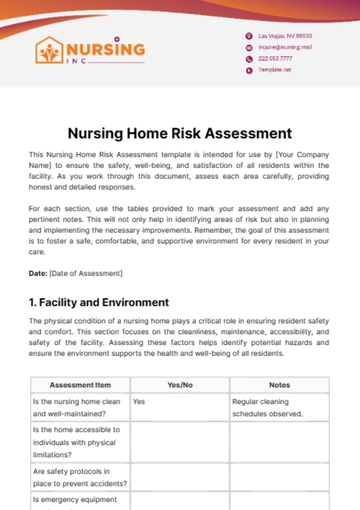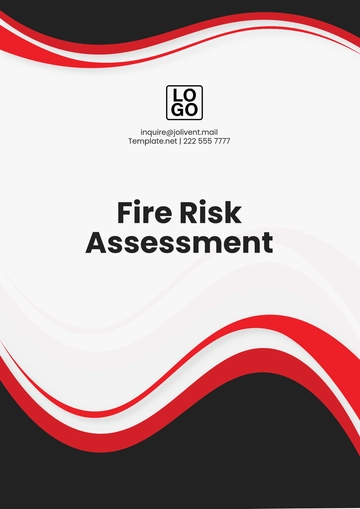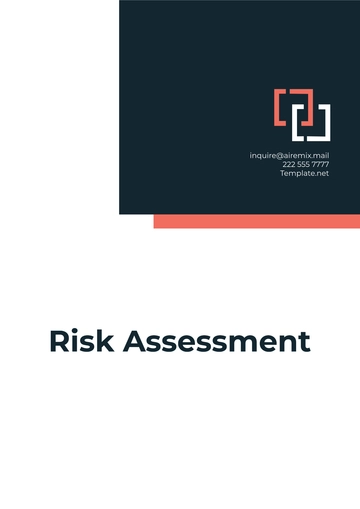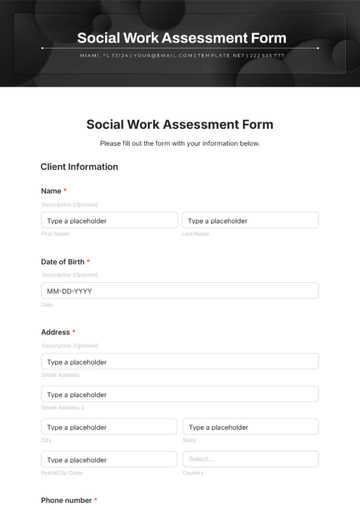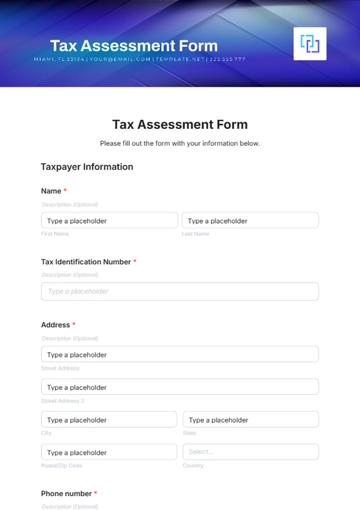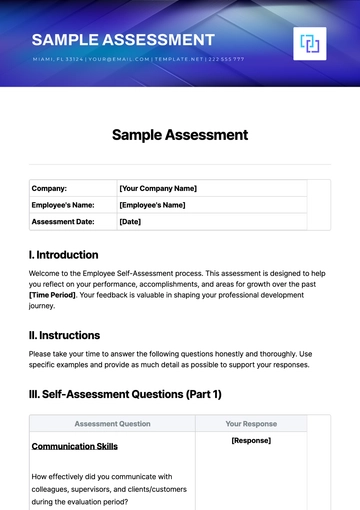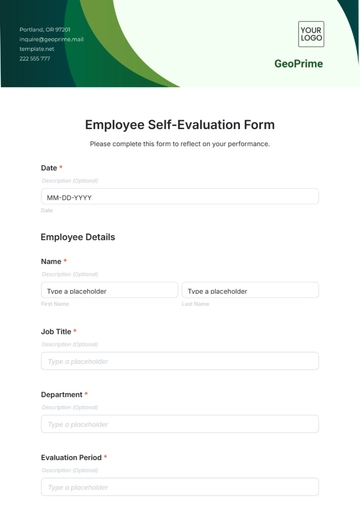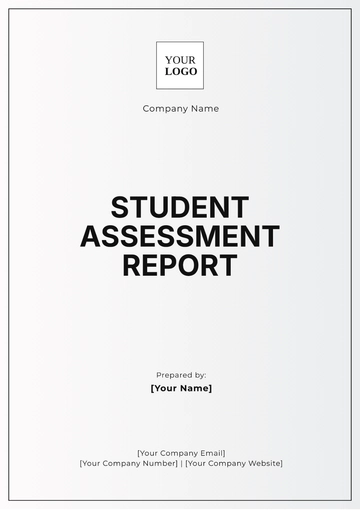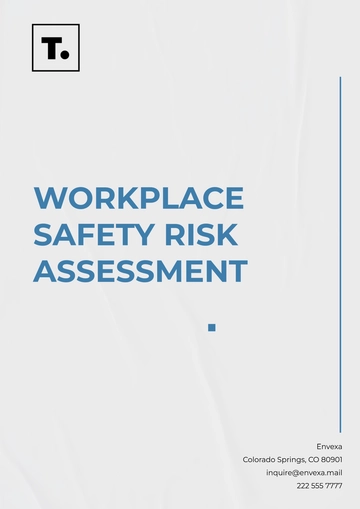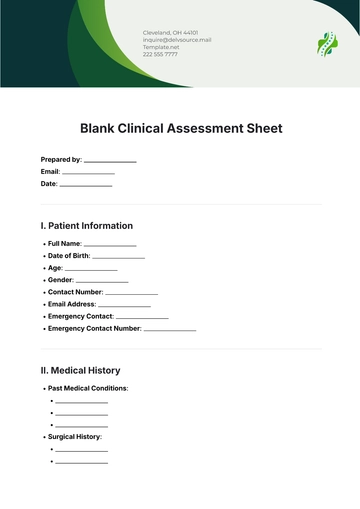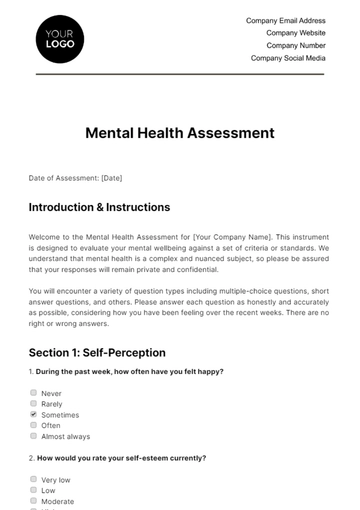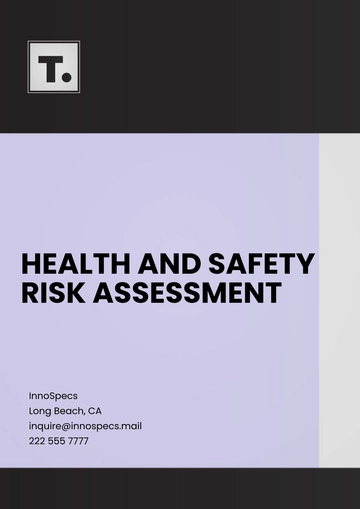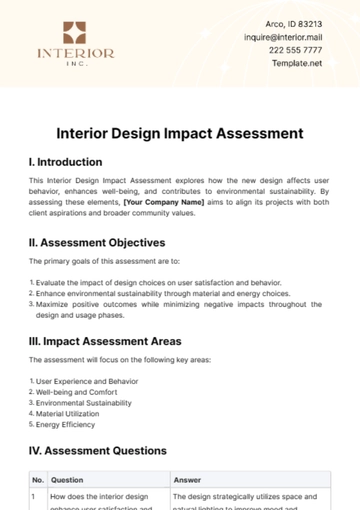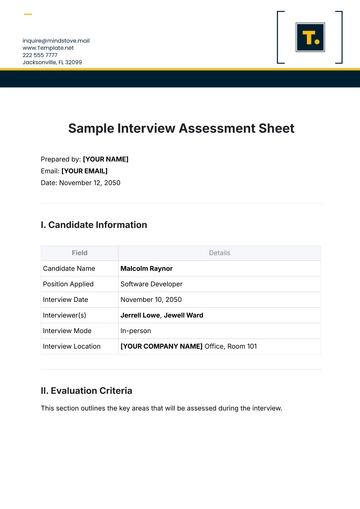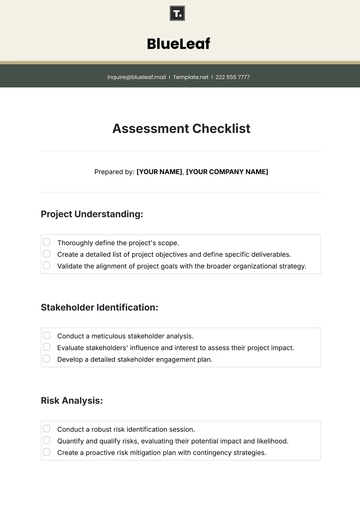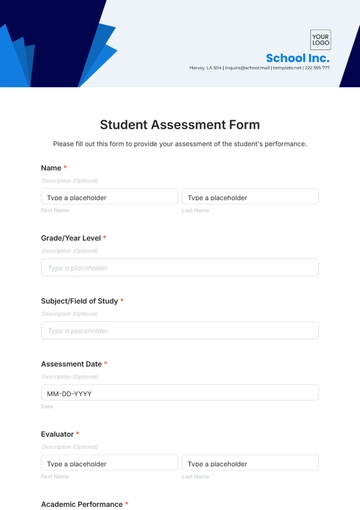Free Corporate Compliance Risk Assessment
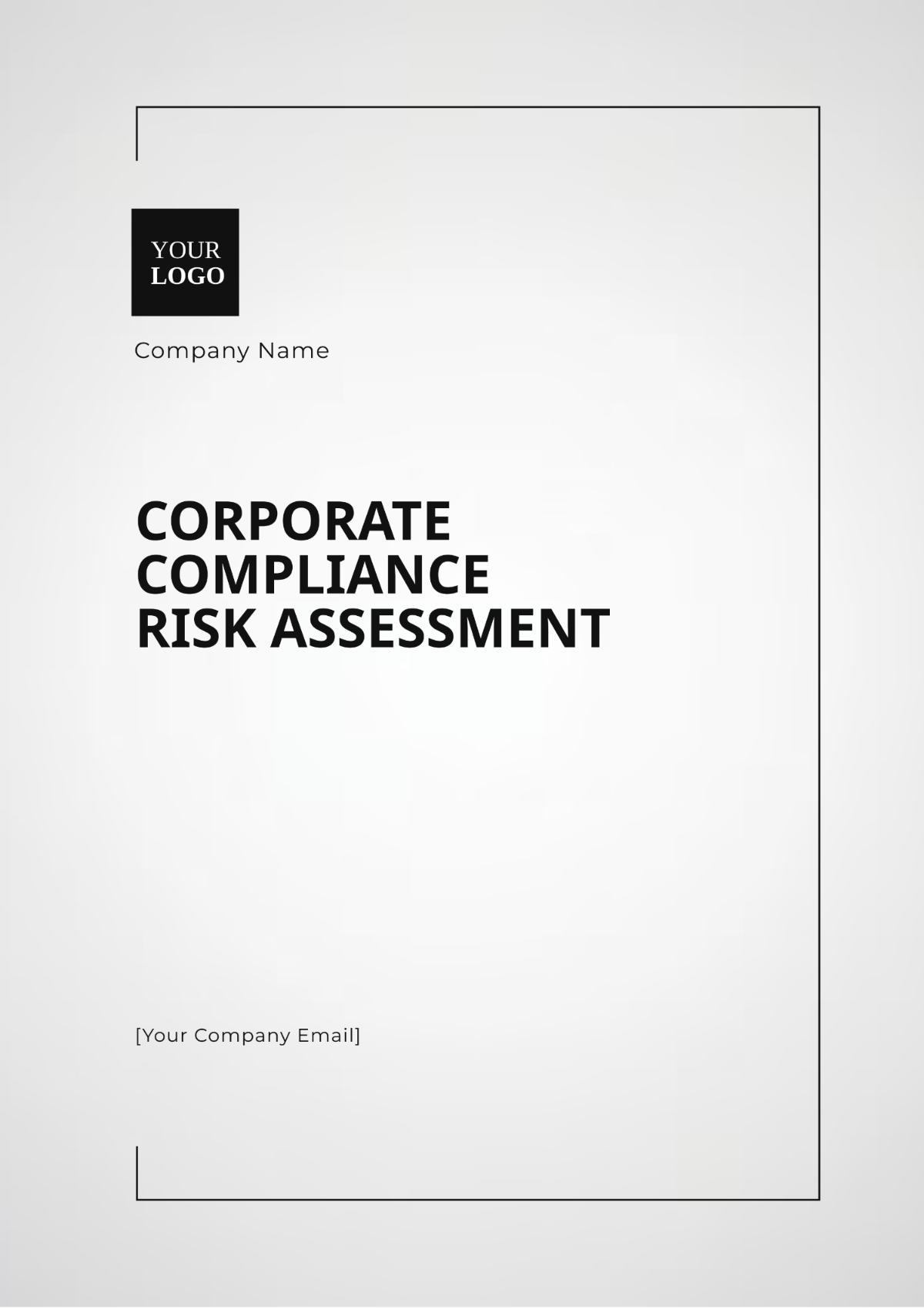
Prepared by: [YOUR NAME]
1. Introduction
Corporate compliance risk assessment is a critical process that organizations undertake to identify and mitigate compliance risks. These risks can arise from various sources including regulatory requirements, internal policies, or external pressures. The main objective is to ensure that the organization adheres to legal and ethical standards, thereby avoiding potential fines, legal risks, and reputational damage.
2. Scope
The scope of this compliance risk assessment includes all departments within the corporate structure. It aims to evaluate the current compliance status, identify potential risks, and develop strategies to mitigate these risks. Key areas to be assessed include:
Financial Conduct and Reporting
Data Privacy and Security
Employment and Labor Laws
Environmental Regulations
Anti-bribery and Corruption
3. Methodology
The compliance risk assessment will be carried out in several phases:
Planning and Preparation
Risk Identification
Risk Analysis
Risk Evaluation
Risk Mitigation
Monitoring and Reporting
4. Risk Identification
Risk identification involves recognizing potential compliance risks through various sources such as audits, regulatory updates, and stakeholder feedback. The following table outlines potential sources of risks:
Source | Description |
|---|---|
Regulatory Changes | New laws or amendments that affect business operations |
Internal Audits | Findings from periodic internal reviews |
Stakeholder Feedback | Concerns or reports from employees, customers, and other stakeholders |
5. Risk Analysis
During the risk analysis phase, identified risks are assessed to understand their potential impact and likelihood. This analysis provides the foundation for prioritizing risks and allocating resources effectively. The following criteria will be used:
Severity of Impact
Probability of Occurrence
Control Measures in Place
6. Risk Evaluation
Risk evaluation involves comparing the results of the risk analysis with established criteria to determine the significance of each risk. This phase helps in prioritizing risks so that the most critical ones are addressed first. Key factors considered include business objectives and regulatory requirements.
7. Risk Mitigation
Risk mitigation strategies are developed to reduce or eliminate the identified risks. These strategies may include:
Implementing new policies and procedures
Conducting training and awareness programs
Enhancing internal controls
8. Monitoring and Reporting
Continuous monitoring and reporting are crucial for ensuring the effectiveness of the compliance risk management program. Regular updates and reviews help in adapting to new risks and improving existing controls. Reports will be generated periodically and shared with senior management and relevant stakeholders.
9. References
The following references were utilized in the preparation of this compliance risk assessment:
ISO 31000:2018 – Risk Management Guidelines
Compliance Risk Management: Applying Parameters, Describing the Existing Capital Charge Calculations
Basel Committee on Banking Supervision: Compliance and the Compliance Function in Banks
10. Appendices
Additional materials and data that support the corporate compliance risk assessment are provided in the appendices:
Appendix A: Glossary of Terms
Appendix B: Risk Assessment Matrix
Appendix C: Compliance Checklist
- 100% Customizable, free editor
- Access 1 Million+ Templates, photo’s & graphics
- Download or share as a template
- Click and replace photos, graphics, text, backgrounds
- Resize, crop, AI write & more
- Access advanced editor
Proactively manage and mitigate corporate risks with the Corporate Compliance Risk Assessment Template from Template.net. This highly customizable template, editable in our Ai Editor Tool, is designed to help your organization systematically identify, evaluate, and address potential compliance risks. With this tool, safeguard your business against legal and financial liabilities.


